Anthony Aue
TheMCPCompany: Creating General-purpose Agents with Task-specific Tools
Oct 22, 2025Abstract:Since the introduction of the Model Context Protocol (MCP), the number of available tools for Large Language Models (LLMs) has increased significantly. These task-specific tool sets offer an alternative to general-purpose tools such as web browsers, while being easier to develop and maintain than GUIs. However, current general-purpose agents predominantly rely on web browsers for interacting with the environment. Here, we introduce TheMCPCompany, a benchmark for evaluating tool-calling agents on tasks that involve interacting with various real-world services. We use the REST APIs of these services to create MCP servers, which include over 18,000 tools. We also provide manually annotated ground-truth tools for each task. In our experiments, we use the ground truth tools to show the potential of tool-calling agents for both improving performance and reducing costs assuming perfect tool retrieval. Next, we explore agent performance using tool retrieval to study the real-world practicality of tool-based agents. While all models with tool retrieval perform similarly or better than browser-based agents, smaller models cannot take full advantage of the available tools through retrieval. On the other hand, GPT-5's performance with tool retrieval is very close to its performance with ground-truth tools. Overall, our work shows that the most advanced reasoning models are effective at discovering tools in simpler environments, but seriously struggle with navigating complex enterprise environments. TheMCPCompany reveals that navigating tens of thousands of tools and combining them in non-trivial ways to solve complex problems is still a challenging task for current models and requires both better reasoning and better retrieval models.
Achieving Human Parity on Automatic Chinese to English News Translation
Jun 29, 2018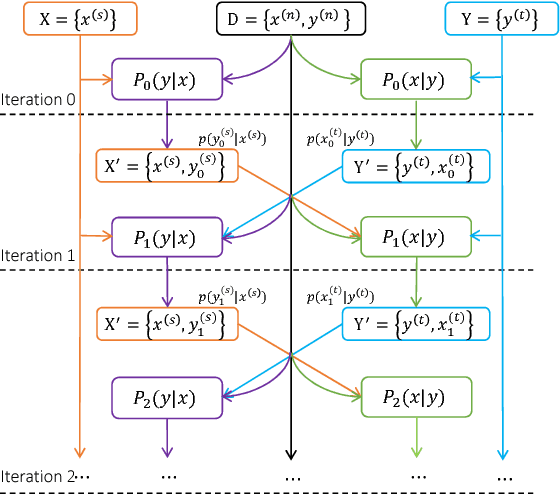
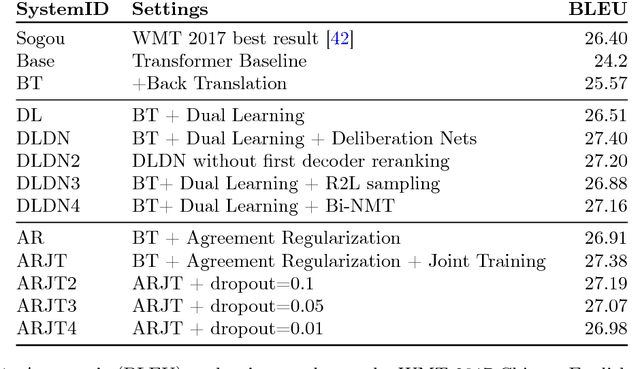
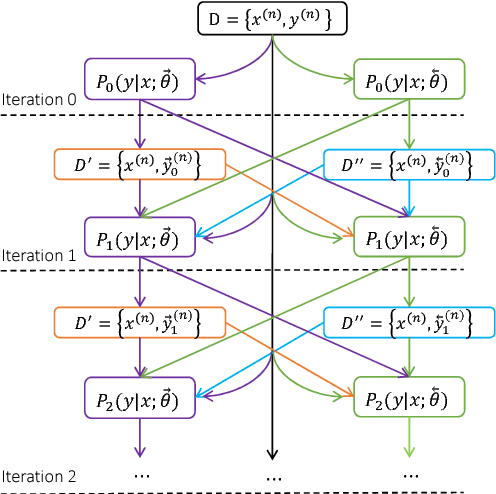
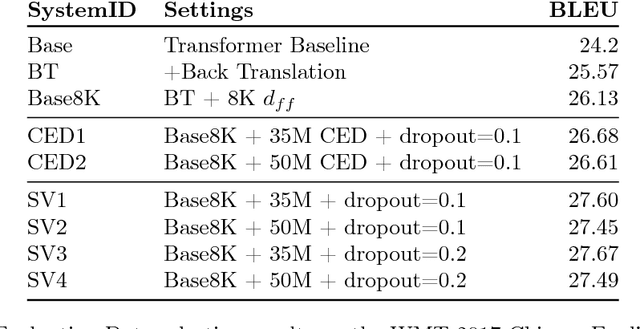
Abstract:Machine translation has made rapid advances in recent years. Millions of people are using it today in online translation systems and mobile applications in order to communicate across language barriers. The question naturally arises whether such systems can approach or achieve parity with human translations. In this paper, we first address the problem of how to define and accurately measure human parity in translation. We then describe Microsoft's machine translation system and measure the quality of its translations on the widely used WMT 2017 news translation task from Chinese to English. We find that our latest neural machine translation system has reached a new state-of-the-art, and that the translation quality is at human parity when compared to professional human translations. We also find that it significantly exceeds the quality of crowd-sourced non-professional translations.
Marian: Cost-effective High-Quality Neural Machine Translation in C++
May 30, 2018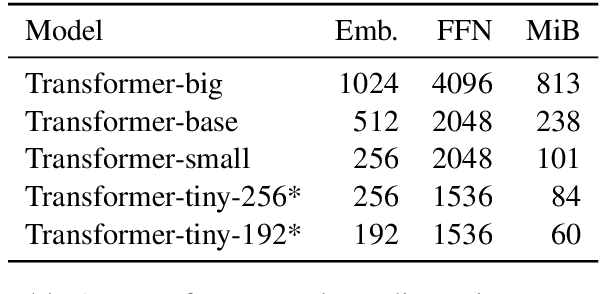
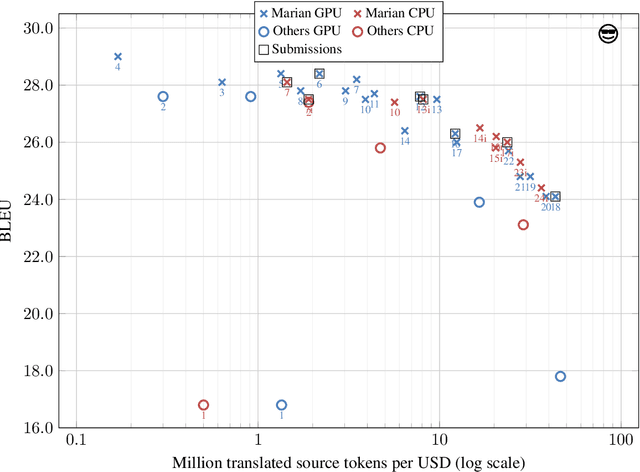
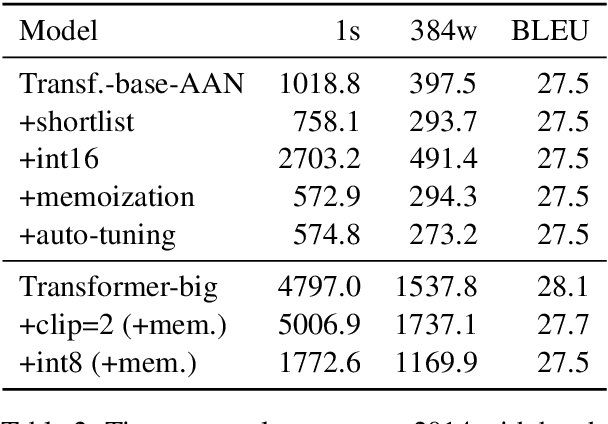
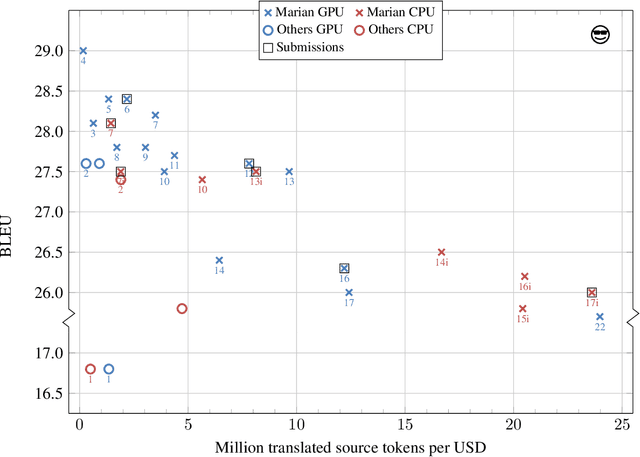
Abstract:This paper describes the submissions of the "Marian" team to the WNMT 2018 shared task. We investigate combinations of teacher-student training, low-precision matrix products, auto-tuning and other methods to optimize the Transformer model on GPU and CPU. By further integrating these methods with the new averaging attention networks, a recently introduced faster Transformer variant, we create a number of high-quality, high-performance models on the GPU and CPU, dominating the Pareto frontier for this shared task.
 Add to Chrome
Add to Chrome Add to Firefox
Add to Firefox Add to Edge
Add to Edge